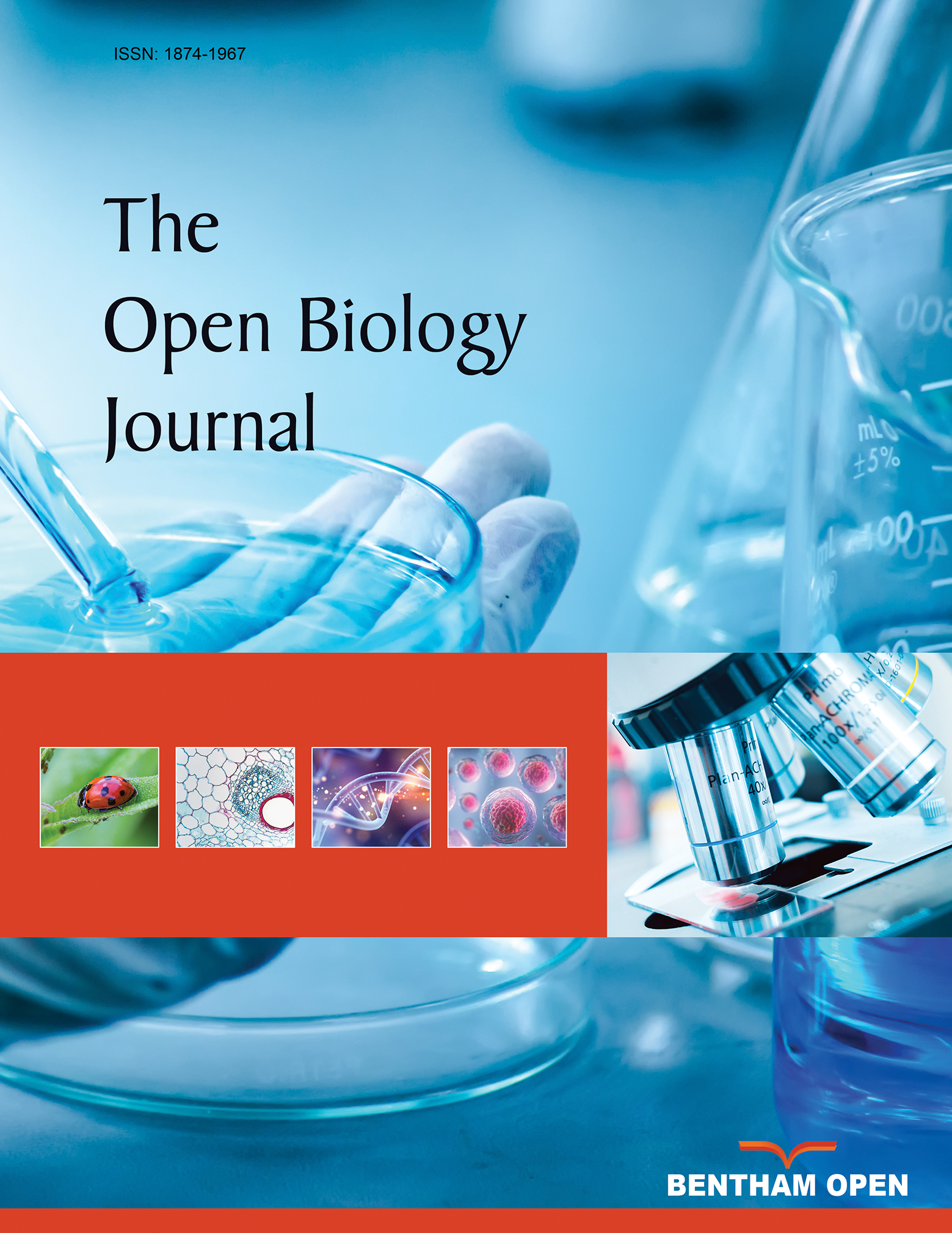All published articles of this journal are available on ScienceDirect.
ClC-2 Channels in Erythrocytes
Abstract
ClC-2 is a ubiquitously expressed plasma membrane Cl- channel that reportedly controls the ionic environment in mouse retina and testis. Beyond that, ClC-2 might sense cellular energy status and cellular stress by its carboxyterminal cystathionine-beta-synthase (CBS) domains and by its molecular interaction with the heat shock protein Hsp90, respectively. In mature human and mouse erythrocytes, ClC-2 is activated by oxidative stress and by malaria infection. This article describes possible function of erythrocyte ClC-2 channels for the programmed death of oxidatively injured erythrocytes and for the regulatory volume decrease of malaria-infected erythrocytes.


